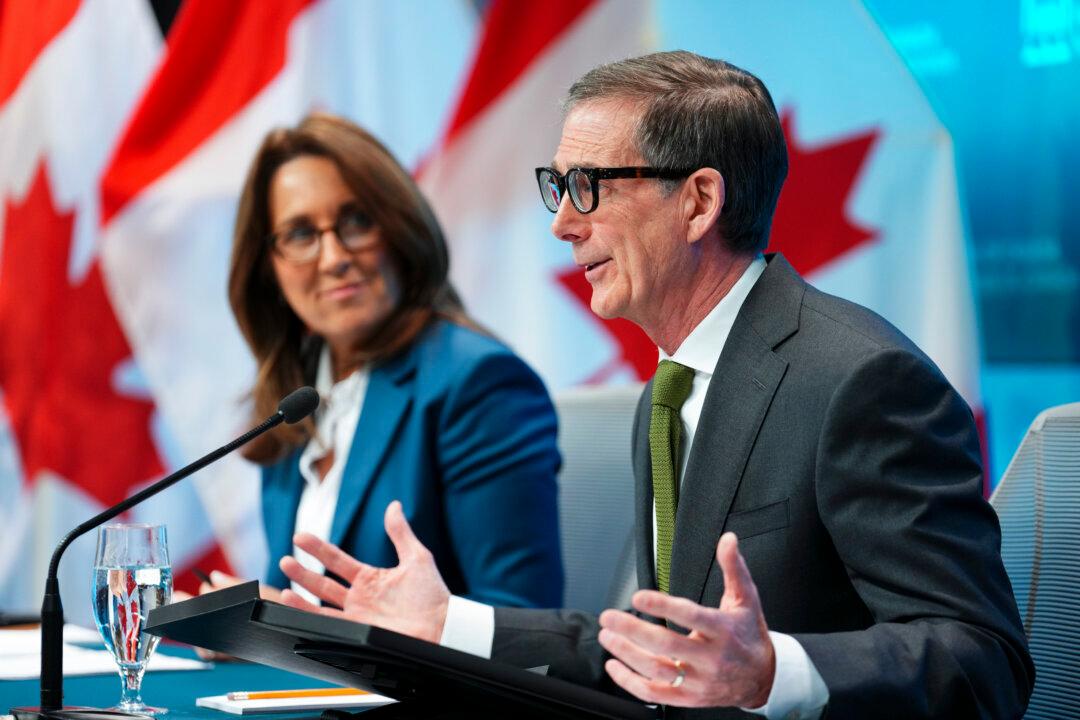Canada’s housing market has long defied the naysayers, and July just put up some eye-popping numbers. But as a confluence of factors works to turbocharge real estate, in the background the industry is at loggerheads with the country’s housing regulator, who believes house prices will fall and is chiding mortgage lenders to cut back on riskier loans so as to prevent a greater economic decline down the road.
At issue is a letter from the president and CEO of the Canada Mortgage and Housing Corp. (CMHC) to CMHC-approved mortgage lenders on Aug. 10. Evan Siddall made his letter public after it was leaked. The divergence of opinions between Siddall and the industry is stark concerning a significant sector of the Canadian economy that’s desperate for growth after the COVID-19 lockdowns.
The private sector points to the lack of supply as what should be the primary focus for policy-makers, as opposed to efforts to curtail demand—and risk—at the margins by imposing more mortgage restrictions. Meanwhile, as the market heats up, policy-makers are becoming more concerned about their ability to provide a backstop for lenders and to mitigate risks posed by over-indebted households.
“I’d be surprised to see any kind of material change to actually cool the market,” said RBC senior economist Robert Hogue during an Aug. 12 podcast. He expects that the regulatory setting will stay the same for the near future, as policy-makers will be very cautious about doing anything further to slow down an economic sector the size of housing.
Home sales in July reached the highest level of any month in history. The MLS Home Price Index rose 7.4 percent year-over-year—the fastest rate of increase since late 2017—and the average sales price for homes sold in July reached a record $571,500, according to the Canadian Real Estate Association (CREA) on Aug. 17.
Balance of Risks
Siddall wants to expose the “dark economic underbelly” of excessive debt, which not only increases risk but also slows future economic growth. He acknowledges that “people will indeed pay their mortgages”; however, that means they have less money to spend on other things and will thus hold back the economy.
Therefore, he wants lenders to curtail excessive borrowing and think about the big picture of the country’s long-term well-being instead of their own short-term profitability.
Factoring into Siddall’s sombre outlook for the housing market is the nebulous cost of COVID-19.
“The economic cost of COVID-19 has been postponed by effective government intervention; it has not been avoided,” he wrote in his letter.
Siddall’s narrative predicts a delayed hit to house prices in late 2020 and 2021 as government support programs unwind and true unemployment is felt. Such a scenario would be reason for mortgage lenders to restrain riskier home loans to folks with weaker credit scores or high debt loads compared to income, and those who can only make a minimal down payment.
Former RBC CEO Gord Nixon, in an interview with BNN Bloomberg, called the Siddall letter “probably a little extreme and alarmist.” Banks and other lenders could view the letter as an affront to their judgment and sense of responsibility in lending.
“Overall lending standards in this country still tend to be very responsible and very conservative,” Nixon said.
The primary risk to a housing market’s health, according to Nixon, is something very basic. It’s unemployment, not debt-to-income statistics that are often cited when discussing Canada’s households. Canadians have built a solid reputation of paying their mortgages through thick and thin and sometimes with help from the so-called “bank of mom and dad.”
In May the unemployment rate hit a peak of 13.7 percent, but government support quickly kicked in and prevented the dire scenario that the Bank of Canada often warned about of a massive hit to the economy from a housing market crash.
July’s job gains of 419,000, combined with gains in May and June, mean that over half the job losses have now been recouped, although employment is still down 7 percent from its pre-lockdown level in February.
The housing market was essentially frozen during the depths of the lockdown—social distancing inhibited new listings, which prevented prices from cratering.
Paul Taylor, president and CEO of Mortgage Professionals Canada (MPC), told BNN Bloomberg that Siddall’s characterization of the macroeconomic challenges Canada faces are “quite overstated.”
According to MPC, 72 percent of mortgage holders think they’ll have “no difficulty” making their mortgage payments—a promising sign for the health of the housing market.





